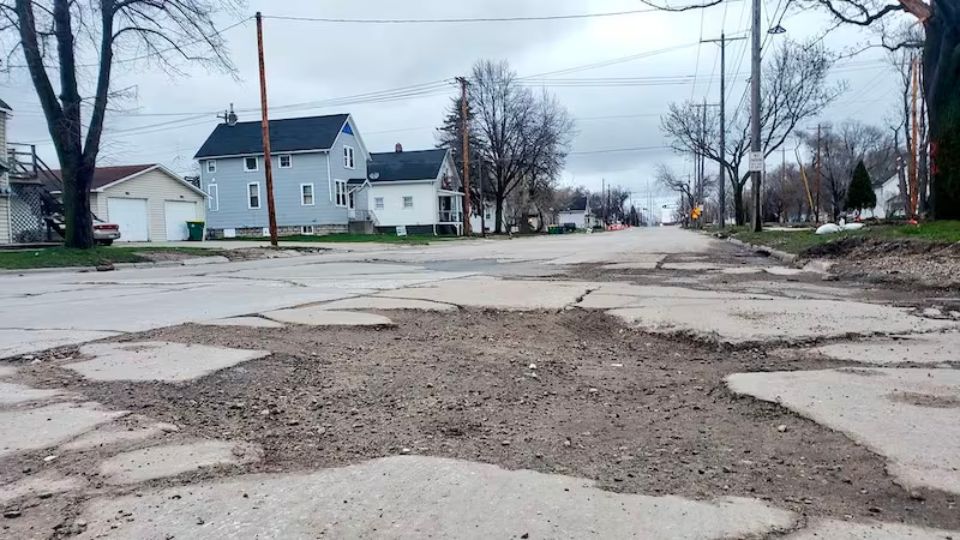The United States has a vast interstate network spanning 4.2 million miles of roads. However, this reputation is overshadowed by a $786 billion backlog in necessary repairs, as reported by the American Society of Civil Engineers. According to estimates from society, American drivers collectively spend $130 billion on additional vehicle repairs and fuel due to poor-quality roads and bridges.
In 2000, 82.6% of U.S. roads met federal standards for drivability, which are determined by the smoothness of the road surface and how much vibration a car’s suspension experiences while driving. In 2020, only 81% of U.S. roads were considered acceptable.
Fewer roads are in acceptable condition
Initially, the shift in the percentage of roads in good condition over the last twenty years does not seem like a major decline. Nevertheless, the nationwide change may be confusing as certain states have enhanced their road infrastructure, while others have experienced a significant decline in road quality.
Rhode Island and Washington have both experienced more than 20% of their roads deteriorating into poor condition. On the other hand, Arkansas and Oklahoma have experienced notable enhancements in their road infrastructure and are looking to increase investments through state-led initiatives and tax increases. California relies on gas taxes above the national average to finance road maintenance and construction, as road conditions in the state have been getting better.
State Roads Condition are Deteriorating Fastest
Rhode Island
In 2000, 85.18% of roads were in acceptable condition, but by 2020, this had decreased to 51.93%. As a result, Rhode Island has the poorest road conditions in the country. The state’s Department of Transportation is in the seventh year of a 10-year plan to enhance infrastructure, including road repair.
Washington
In the year 2000, slightly more than 98% of roads in Washington were in good condition. After two decades, the percentage decreased to 71.53%. Washington state is set to receive $5.3 billion in total by 2027 under the infrastructure law passed by the Biden administration. This funding will go towards enhancing and fixing the state’s roads and bridges.
Also Read: Florida City Named as the Healthiest Place To Live in the Entire Country
Arizona
Over the span of 20 years, the percentage of roads in Arizona in good condition has decreased from 97.33% to 77.46%. In November 2022, around 132 bridges and over 3,193 highway miles in Arizona were considered to be in poor condition. The state will receive approximately $5.3 billion from the Bipartisan Infrastructure Law for highway and bridge projects.
Utah
In 2000, 93.81% of roads were in acceptable condition, but today in Utah, just under 80% remain so. Conversely, the state was rated the top in the country for the quality of its highway bridges in a 2022 evaluation conducted by the Federal Highway Administration.
Ohio
Ohio previously had over 96% of roads in good condition, but that percentage has now decreased to 83.69% as of 2020. Cleveland ranked sixth among U.S. cities for poorly maintained roads, leading to an estimated average of $887 in extra vehicle maintenance costs for drivers in Cleveland.



Leave a Reply